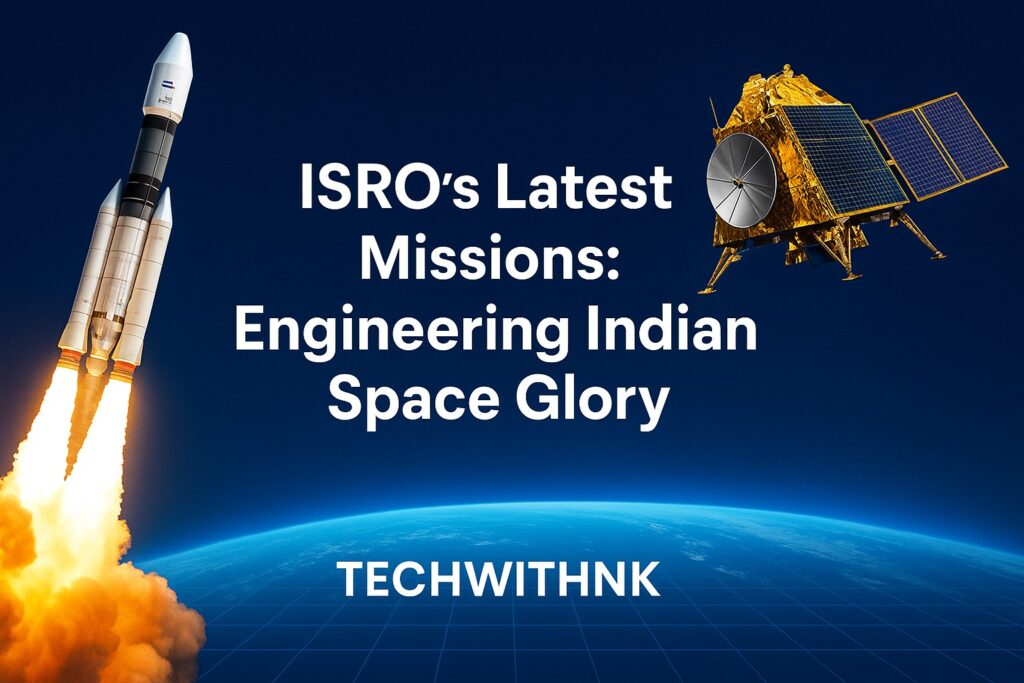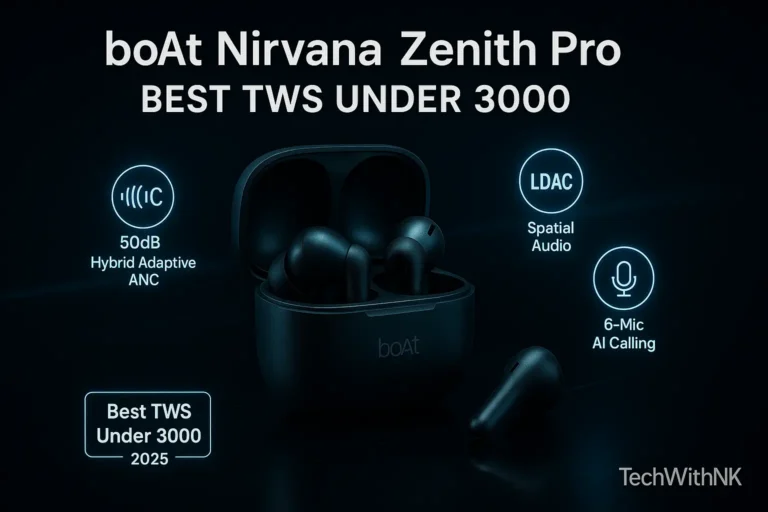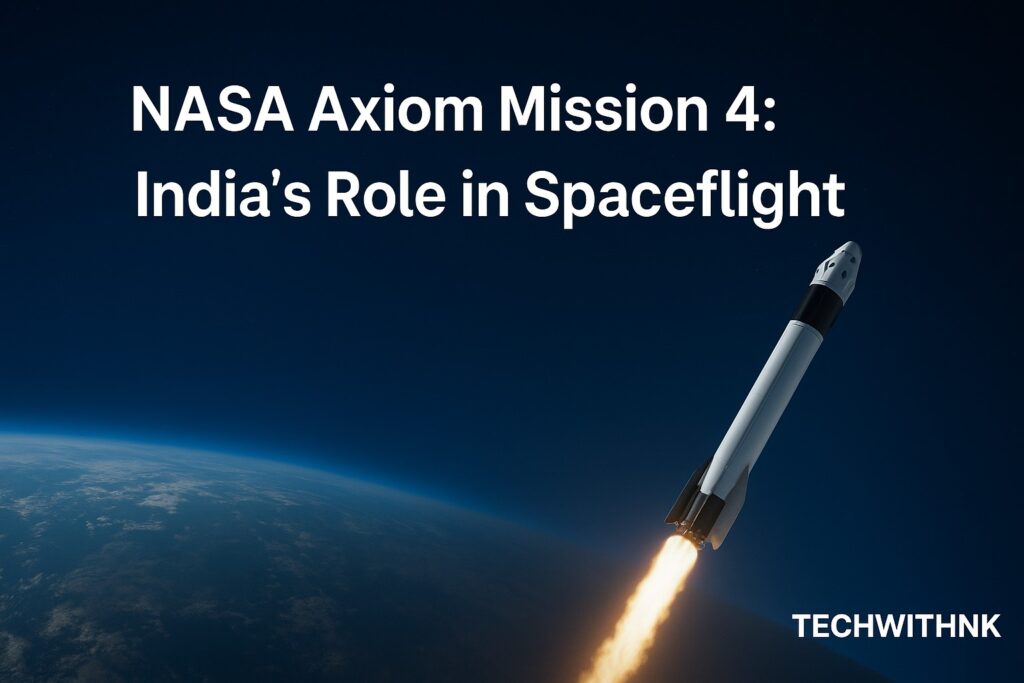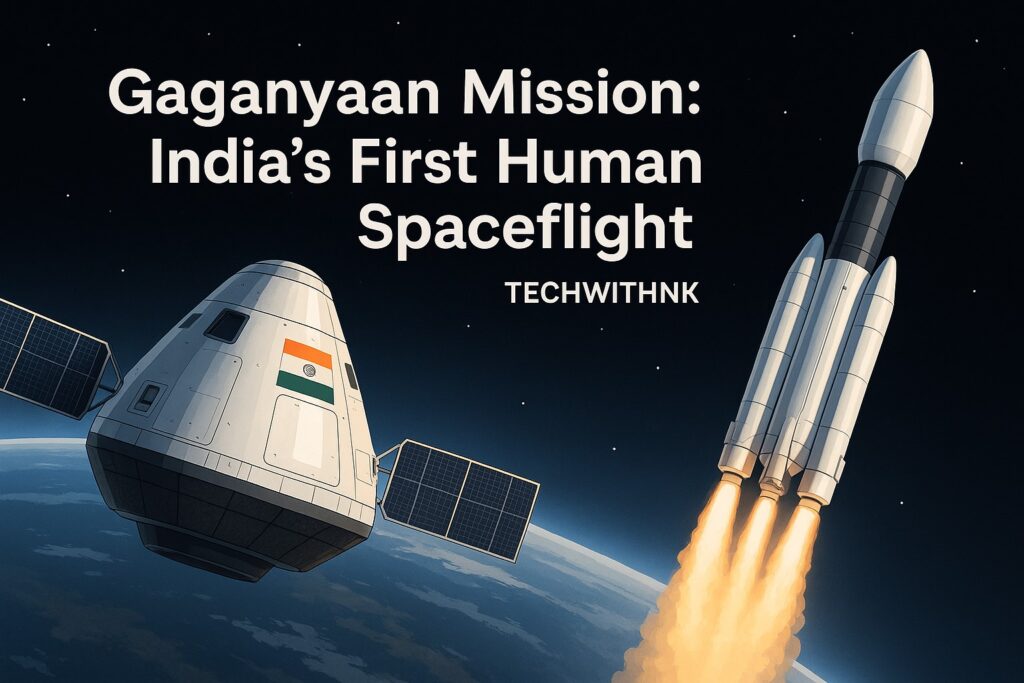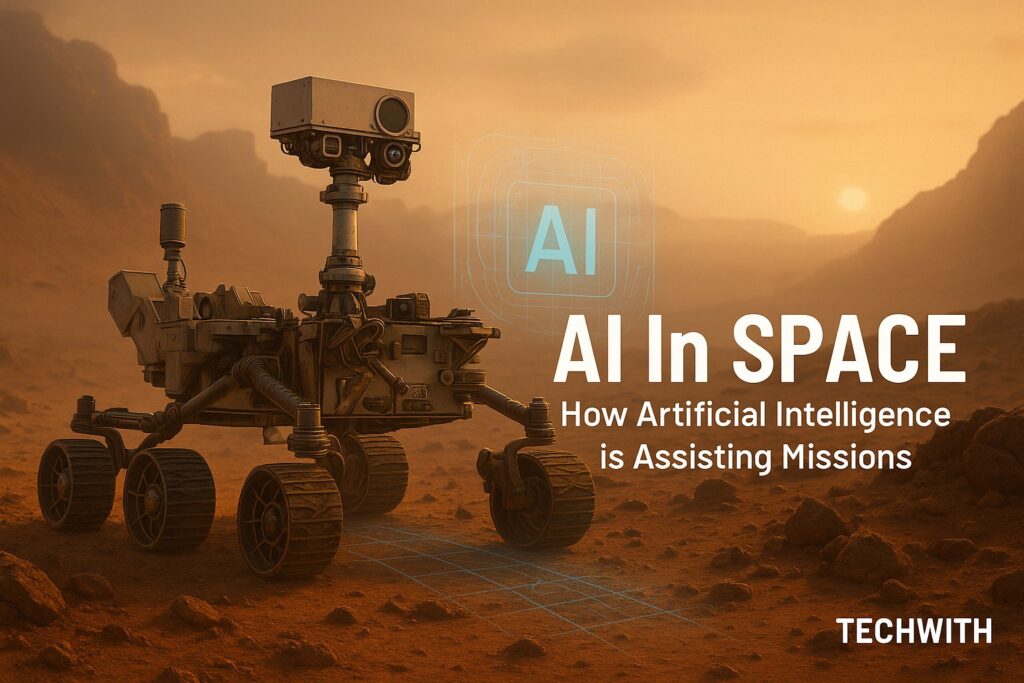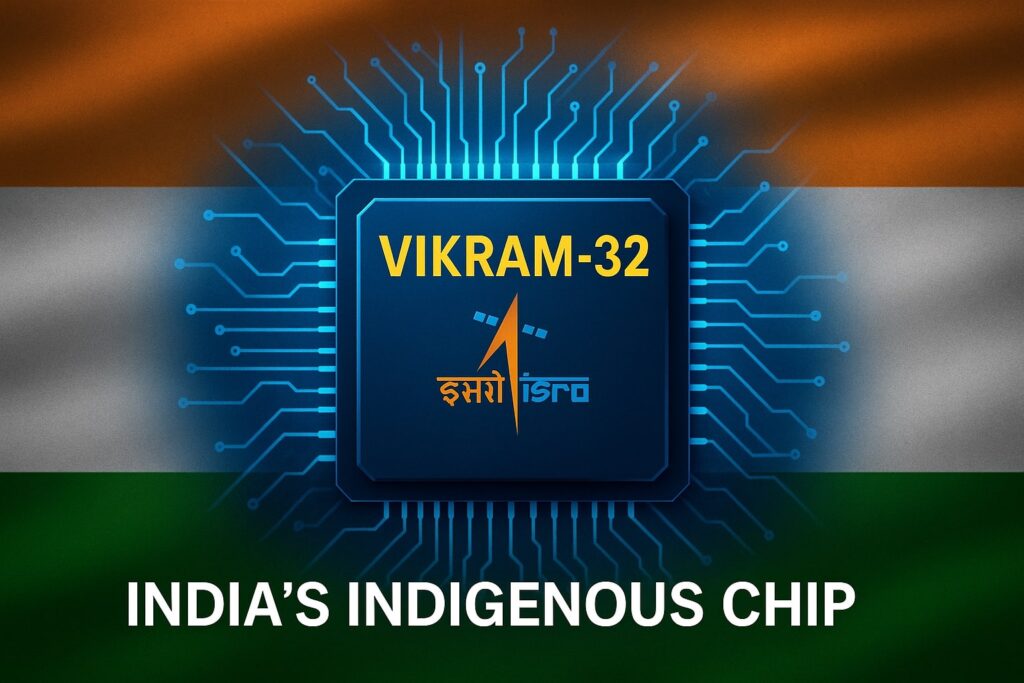Table of Contents
ToggleIntroduction
The Indian Space Research Organisation (ISRO) has long been a symbol of India’s ambition, resilience, and innovative engineering. From launching modest sounding rockets in the 1960s to building interplanetary missions and world-class satellites today, ISRO has carved a distinct niche in the global space community. Over the past few years, ISRO’s technological leaps have amazed the world, but what truly powers this success is the sheer brilliance of its engineering. Let’s dive deep into ISRO’s latest achievements, unraveling the sophisticated engineering marvels behind India’s space triumphs.
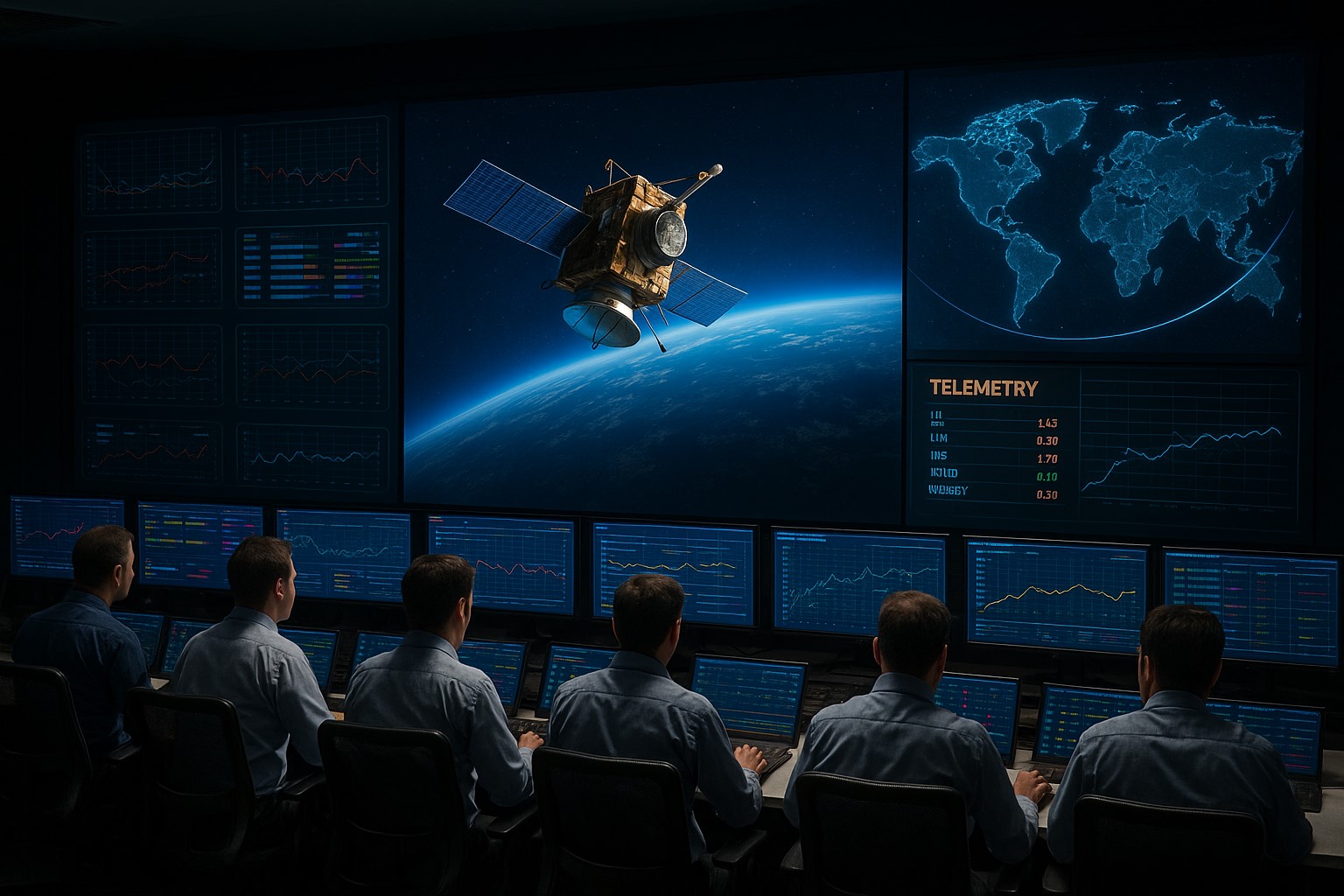
Chandrayaan-3: Conquering the Lunar South Pole
In 2023, ISRO made history with Chandrayaan-3, becoming the first agency to achieve a successful soft landing on the Moon’s south pole. Unlike its predecessor Chandrayaan-2, which had a hard landing, Chandrayaan-3’s Vikram lander and Pragyan rover performed flawlessly.
Engineering Highlights:
- Autonomous Navigation Algorithms: Chandrayaan-3 was equipped with advanced autonomous landing algorithms, allowing it to detect hazards and select the safest landing spots on its own.
- High-Torque Leg Design: Learning from Chandrayaan-2’s crash, engineers redesigned the lander’s legs with better shock-absorbing systems and high-torque actuators to handle uneven lunar terrain.
- Redundant Sensors: The lander carried multiple altimeters, velocimeters, and hazard detection cameras, ensuring redundancy so that even if one sensor failed, backups kept it safe.
- ISRO’s Pragyan Rover: Pragyan, a six-wheeled marvel, deployed smoothly and began analyzing lunar regolith, sending back valuable data on the Moon’s mineralogy.

Aditya-L1: Gazing at the Sun
2024 saw ISRO pushing boundaries with Aditya-L1, India’s first dedicated solar observatory. Placed in a halo orbit around the Lagrange point L1, about 1.5 million kilometers from Earth, Aditya-L1 continuously observes solar activities without Earthly interruptions.
Engineering Brilliance:
- High-Radiation Shielding: Aditya-L1’s sensitive instruments had to be protected from the harsh solar environment. Engineers developed a multi-layered heat shield capable of withstanding temperatures over 1000°C.
- Precision Pointing Systems: To continuously observe the Sun, the spacecraft uses reaction wheels and gyroscopes with micron-level precision.
- Solar Payload Suite: Seven instruments, including the Solar Ultraviolet Imaging Telescope (SUIT) and the Visible Emission Line Coronagraph (VELC), were developed indigenously to monitor solar winds, flares, and coronal mass ejections.
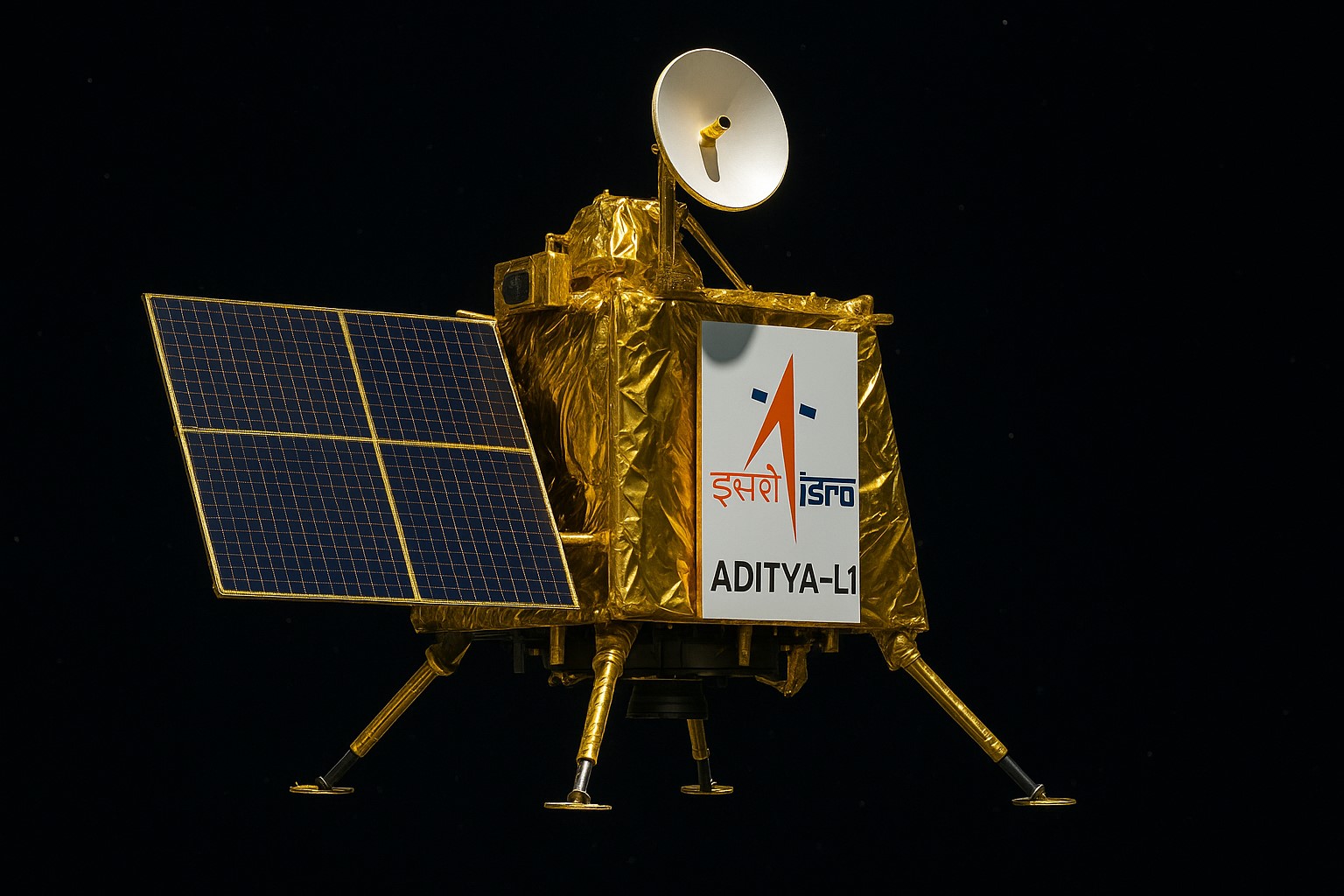
Gaganyaan: Human Spaceflight on the Horizon
The Gaganyaan mission is one of ISRO’s most ambitious projects yet — aiming to send Indian astronauts (Gagannauts) into orbit aboard an entirely indigenous crew module. Originally targeted for 2024–2025, the program has seen rapid technological milestones.
Engineering Prowess:
- Crew Escape System: ISRO developed a robust abort mechanism to pull astronauts away from danger within milliseconds during a launch anomaly.
- Life Support Systems: Engineers crafted a closed-loop life support system to maintain oxygen, remove CO2, and regulate temperature and humidity for the crew.
- Orbital Module Design: Gaganyaan’s orbital module is designed to withstand extreme re-entry temperatures exceeding 1600°C using an indigenous ablative heat shield.
- Astronaut Training Infrastructure: The ISRO Human Space Flight Centre (HSFC) in Bengaluru is working with international agencies to train astronauts on microgravity adaptation and emergency protocols.
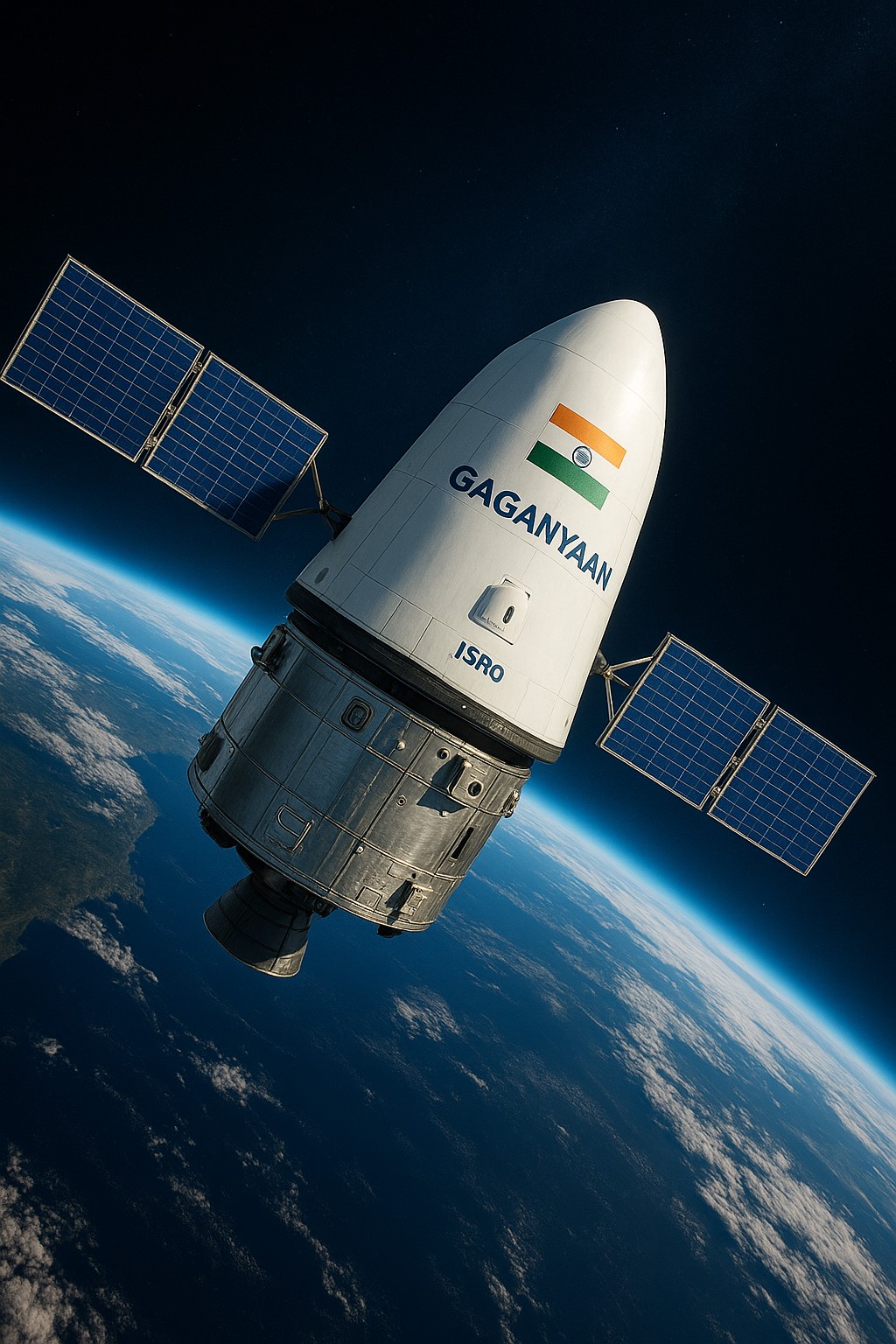
PSLV and SSLV: Powering India’s Satellite Economy
ISRO’s launch vehicles have been the backbone of its commercial and scientific missions. In recent years, the Polar Satellite Launch Vehicle (PSLV) has continued its legendary streak with over 50 consecutive successful flights, while the Small Satellite Launch Vehicle (SSLV), a newer and more agile rocket, opened up fresh opportunities for small satellite startups.
Engineering Innovation:
- PSLV’s Versatility: Capable of launching satellites into sun-synchronous, geosynchronous, and sub-GTO orbits, PSLV’s fourth stage has even been repurposed as an experimental orbital platform for in-space experiments.
- SSLV’s Rapid Turnaround: SSLV is designed for quick assembly and launch with a turnaround time of just a few days — a game-changer for small satellite missions.
- Cost-Efficient Propulsion: Both PSLV and SSLV use optimized solid and liquid propulsion combinations that deliver consistent performance at affordable rates.
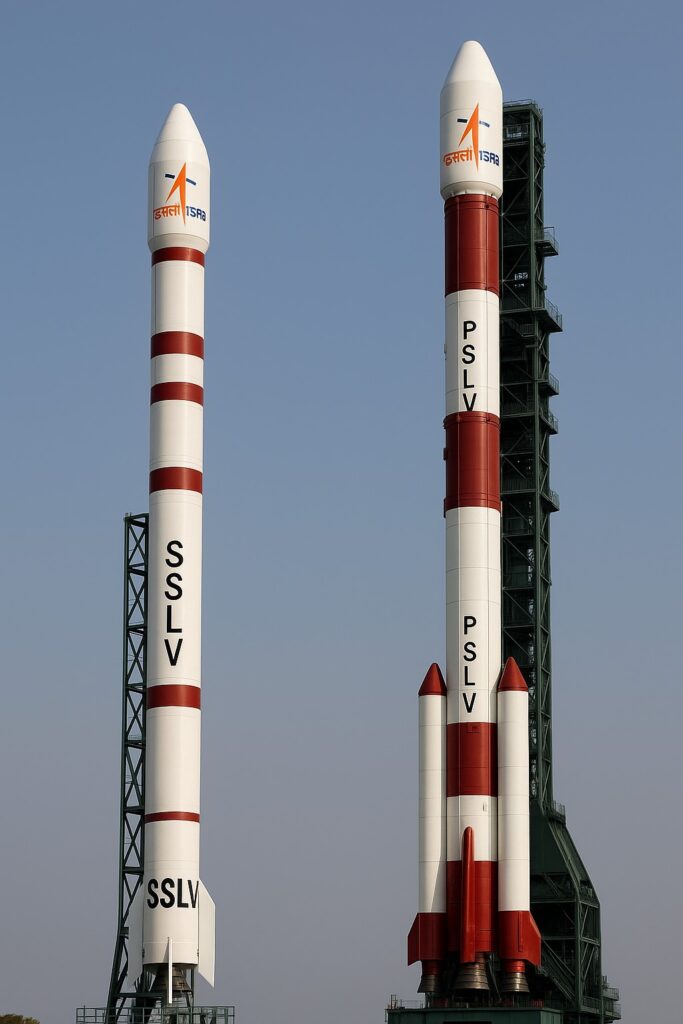
Navigation with NavIC: India’s Own GPS
While many Indians still rely on GPS, ISRO has built its own navigation system — NavIC (Navigation with Indian Constellation). Comprising a constellation of seven satellites in geostationary and inclined geosynchronous orbits, NavIC provides highly accurate positioning over India and surrounding regions.
Engineering Feats:
Atomic Clock Mastery: NavIC satellites carry rubidium atomic clocks with nanosecond precision, ensuring ultra-accurate timing signals.
Dual-Frequency Signals: Unlike standard GPS, NavIC uses dual-frequency signals (L5 and S-band) to compensate for ionospheric disturbances, boosting accuracy.
Regional Optimization: The system is engineered to serve India’s unique topography and rural connectivity needs where GPS sometimes falls short.
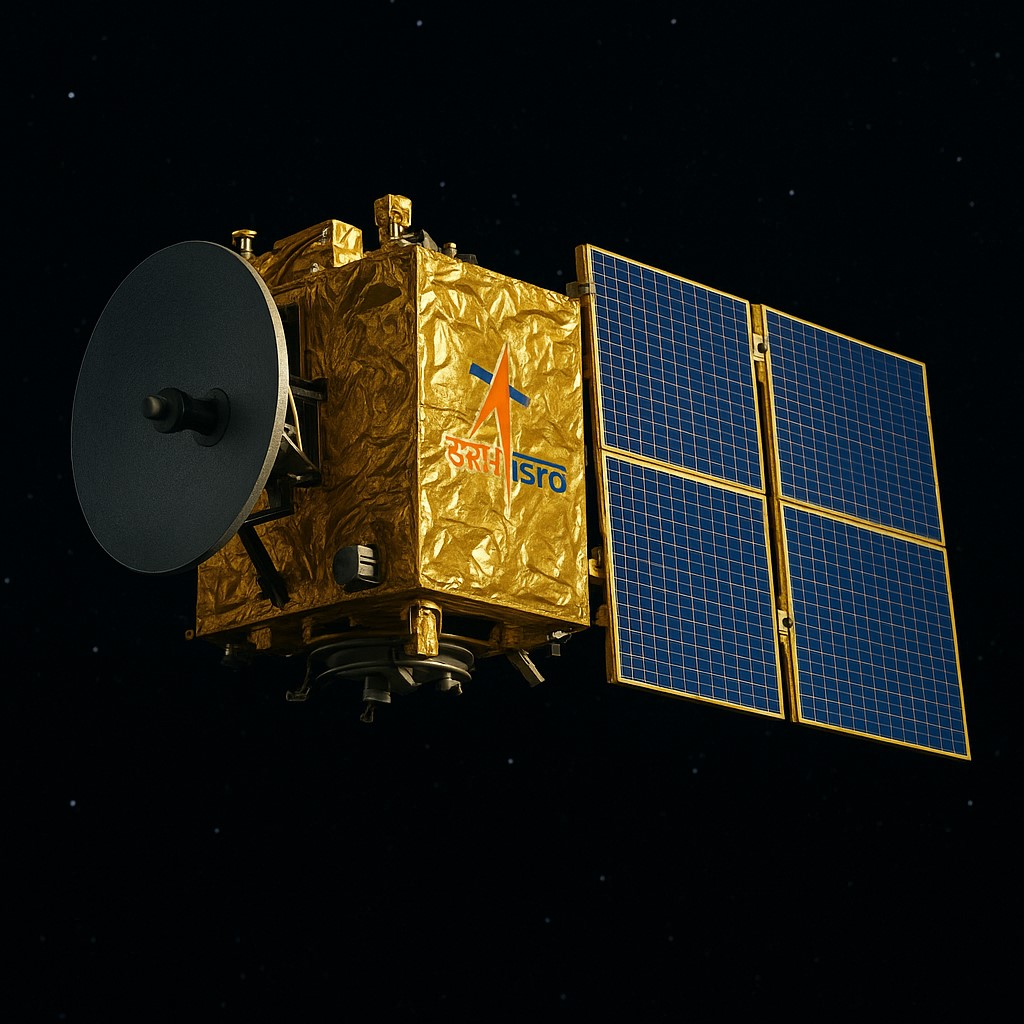
INSAT-3DS: Boosting Meteorology
In early 2025, ISRO launched INSAT-3DS, a next-generation weather satellite. INSAT-3DS dramatically improved weather forecasting, climate monitoring, and disaster warning capabilities.
Engineering Masterstrokes:
High-Resolution Imager: A powerful imager capable of capturing 1-km resolution data allows for highly localized weather updates.
Data Relay Systems: INSAT-3DS can relay data from thousands of ground-based sensors across India, feeding the data to weather models in near real-time.
Cyclone Monitoring: Advanced scanning radiometers track cyclone intensity, providing better predictive warnings and saving lives.
The Secret Sauce: ISRO’s Engineering Culture
While hardware and software are important, what truly sets ISRO apart is its engineering culture. Here’s what fuels it:
Frugal Innovation: ISRO’s “do more with less” approach pushes engineers to find brilliant, budget-friendly solutions.
In-house Manufacturing: ISRO designs, builds, and tests most of its components internally, controlling quality and costs.
Iterative Testing: Each mission undergoes exhaustive testing and iterative improvements, avoiding repeat mistakes.
Collaborative Spirit: ISRO engineers work hand-in-hand with academia, startups, and industries to keep knowledge fresh and agile.
What Lies Ahead?
The coming years are poised to be even more thrilling. Here’s a peek into ISRO’s engineering roadmap:
Reusable Launch Vehicles (RLVs): ISRO is testing prototypes to build rockets that can land back and be reused, slashing launch costs.
NISAR Satellite (in collaboration with NASA): This Earth-observation mission will map changes in land and ice to unprecedented accuracy.
Shukrayaan Mission: A mission to explore Venus, studying its atmosphere and geology with advanced radar systems.
Space Docking Technology: ISRO is developing autonomous docking capabilities, paving the way for future space stations and deep-space crewed missions.
Conclusion: A Legacy in the Making
From lunar landers to human spaceflight, from weather satellites to planetary probes, ISRO continues to engineer a legacy of excellence. These achievements are not merely technical; they represent the dreams of a billion people and the confidence that India can lead in one of the most complex frontiers known to humankind. ISRO’s engineering feats stand as a testament to what methodical, visionary, and resourceful engineering can accomplish.
As India sets its eyes on the stars, one thing is clear: ISRO is not just catching up with the world’s best — it is charting its own inspiring path, backed by engineering brilliance that the world is now beginning to admire and emulate.
Stay tuned to techwithnk.com for more deep-dive features on cutting-edge engineering, space tech, and the innovations reshaping our future!
How does ISRO keep its missions cost-effective?
ISRO follows a frugal engineering philosophy — maximizing local resources, rigorous in-house testing, and working with industries and academia to reduce costs without compromising quality.
What is Gaganyaan, and when will it launch?
Gaganyaan is ISRO’s first human spaceflight program, expected to launch in 2025, aiming to carry Indian astronauts safely into low Earth orbit aboard an indigenous crew module.
How does NavIC compare to GPS?
NavIC is India’s own navigation system with better regional accuracy using dual-frequency signals to overcome ionospheric errors, offering high precision over India and nearby areas.

